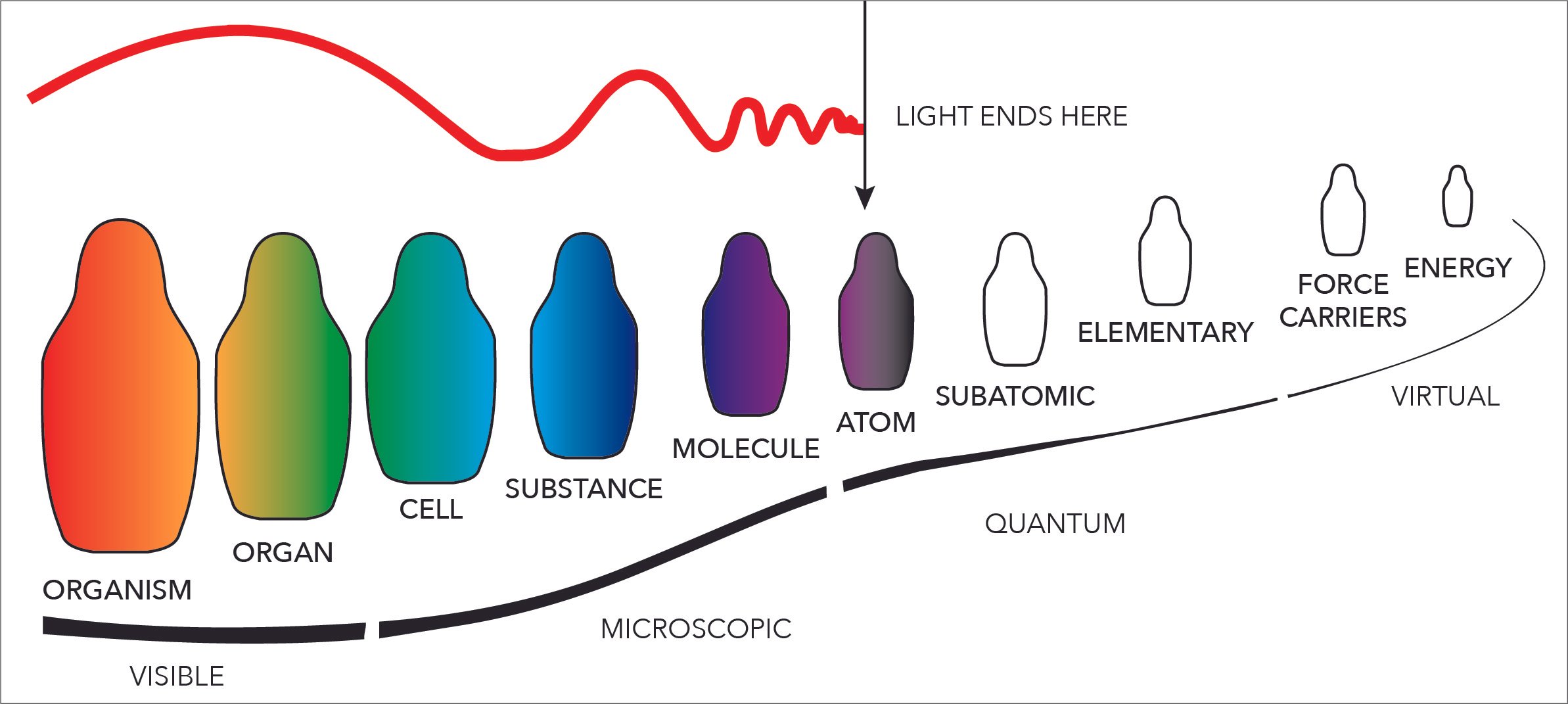Lesson: Creating Perfect Fertlizer
Lesson: Creating Perfect Fertlizer

This lesson: Creating perfect fertilizer from NHCOPS, eggshells, coffee grounds, and banana peels. Students will also explore pre-digestive compost runoff and worm tea. Comfrey tea, and fish effluent/algae fertilizer will also be synthesized. All are non-toxic but effective.
All fertilizers share one thing in common: They provide NHCOPS to all parts of a plant (see Lesson: NHCOPS and the Ladder of Life). Since all fertilizers share a common use, do they also provide the exact same benefits? Let's explore that.


Materials
- A five gallon bucket
- 3.5 Gallons of water (preferably rain water)
- An air stone and an air stone pump
- An extension cord rated for outdoor use
- Maple syrup
- Three cups of the following:
- Worm casings (buy at Menards)
- Chicken manure
- Rabbit manure
- Horse manure
- Shredded leaves
- shredded paper
- Algae
- A stirring stick (even a long twig branch will do)
- A screen or large colander to collect solids
Instructions
- Set up the 5 gallon bucket, the air stone and air pump, the power strip in a safe space
- Fill the bucket with water
- Insert the air stone into the water and plug it in
- One can have the air stone on before, but it is more dramatic if the students can see the bubbles
- Allow students to observe the bubbles
- Begin inserting the various manures and leaves, paper and algae
- I like to call the shredded paper "human waste" and surprise the students that it's paper
- Once everything has been dumped begin stirring the bucket to mix everything up
- Ask the students what they think is happening in the bucket
- Pull out the maple syrup
- Ask the kids what they think maple syrup is
- Ask the students if anyone has ever made bread
- Do they know what yeast are?
- Do they know what yeast eats?
- What do they think the maple syrup will do in the bucket?
- Add the syrup to the bucket - about 1/4 cup
- Wait 10 minutes and come back to observe the bucket
- What do the students see on top of the bucket
- There will be a beer like foam on top of the bucket
- Allow the mixture to sit overnight
- When the next day arrives ask the students to smell the mixture
- It will smell like rain, ask them to hypothesize why [Petrichor]
- Strain the liquid and bottle it up, set the solids aside for compost starter
- Observe the fertilizer color, consistency, smell, and weight
- Ask your students to hypothesize why it weighs more than water and has that color if we took all the solids out
- Record their answers
Teacher Note
There is a lot of excellent chemistry, biology, math, physics, art, literature, and mechanics in this lesson. If possible power the unit with a solar array or batteries and discuss the role of energy in this system.

In nature, what powers this transformation? Is it the sun? Yes? What role is the air stone playing in this system? This is the perfect time to tie the breakdown of molecular aspects with rust and oxidation.


